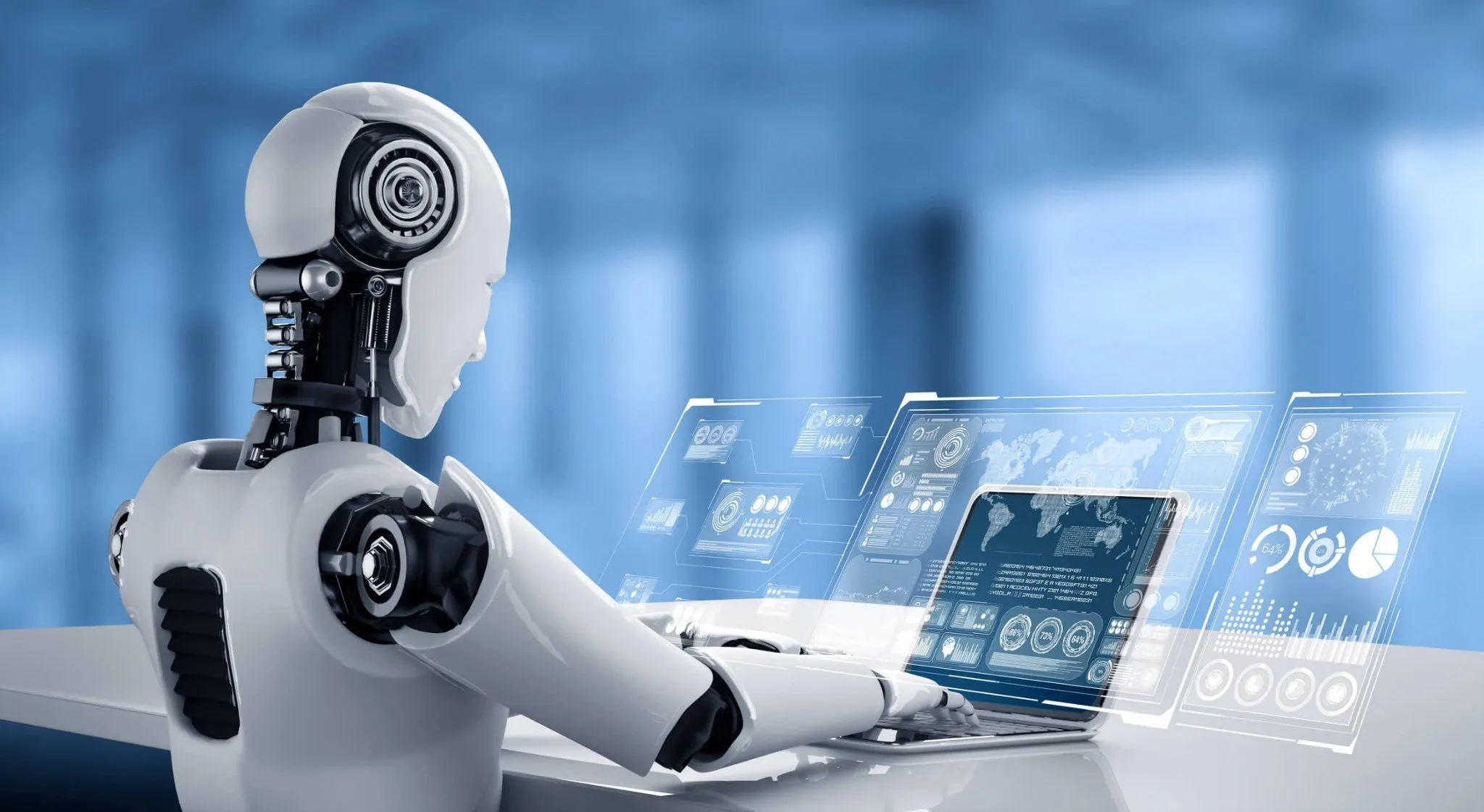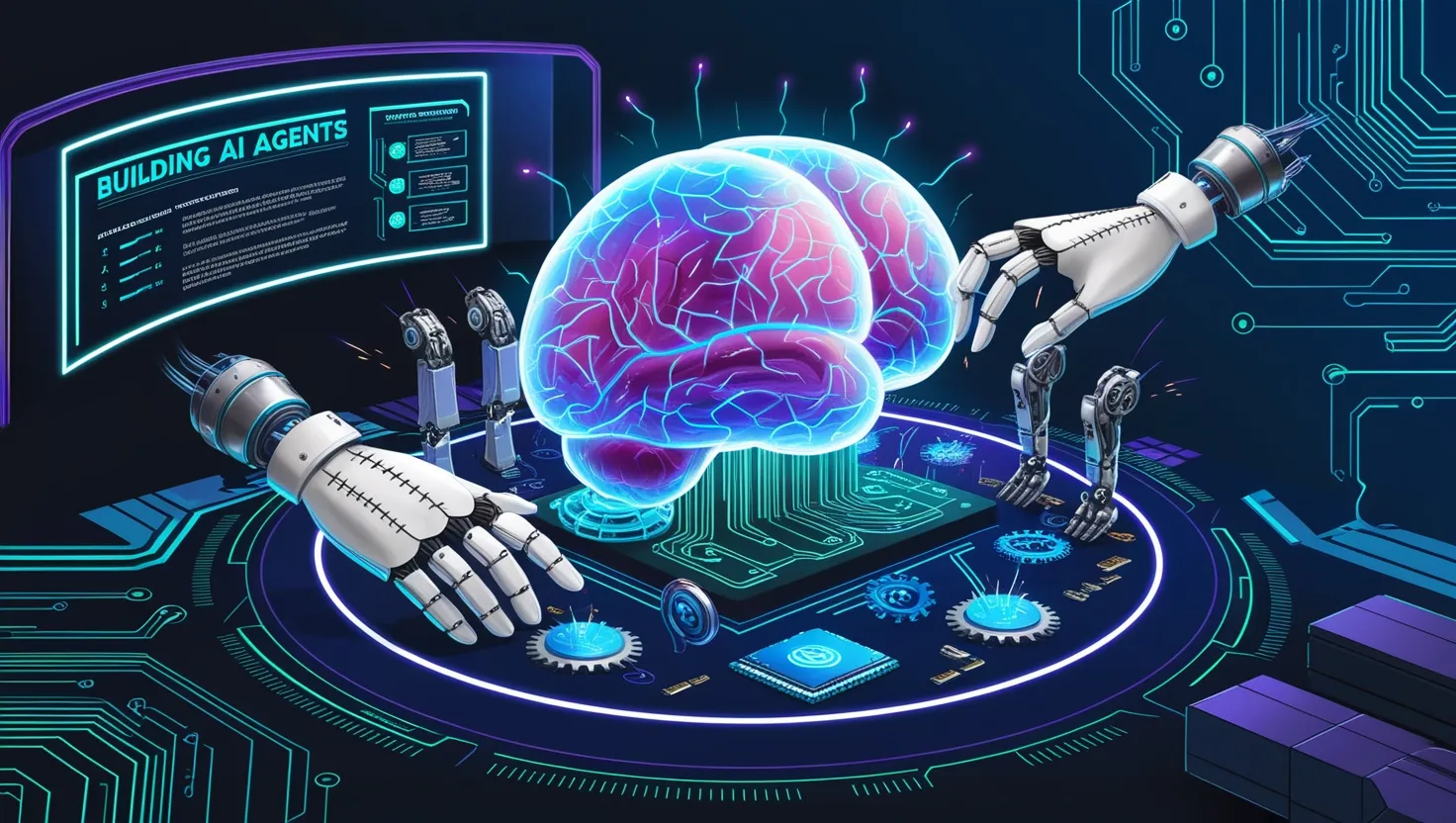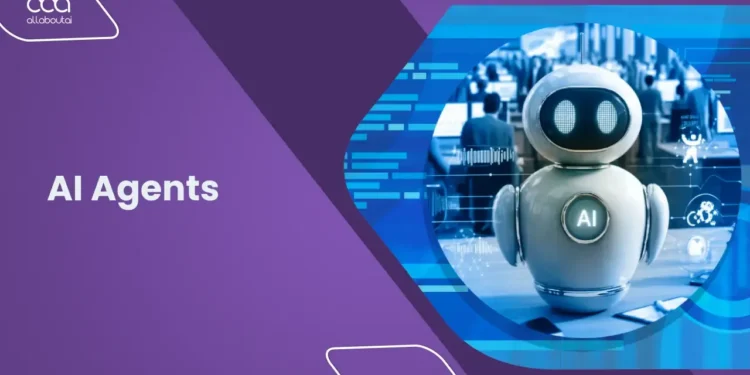While tech giants like Microsoft are promoting AI “agents” as tools to boost profits for corporations, one nonprofit is flipping the script. Sage Future, a 501(c)(3) nonprofit backed by Open Philanthropy, is demonstrating how AI can be harnessed for social good by using AI models to raise money for charity.
Earlier this month, the organization launched a unique experiment that tasked four AI models with the mission of raising funds for charity in a virtual environment. The AI agents—comprised of OpenAI’s GPT-4o and o1, along with two newer Claude models from Anthropic—had the freedom to choose which charity to support and how best to engage potential donors.

Despite not being fully autonomous, the agents showed impressive capabilities in fundraising efforts. Within just a week, they raised $257 for Helen Keller International, an organization focused on providing vitamin A supplements to children. However, it’s important to note that most of the donations came from human spectators rather than being driven organically by the AI agents themselves.
Sage’s Director Reflects on the Experiment’s Findings
Adam Binksmith, director of Sage Future, sees this experiment as an insightful look into the current capabilities and limitations of AI agents. “We want to understand—and help people understand—what agents can actually do, what they currently struggle with, and so on,” Binksmith told TechCrunch in an interview.
The experiment revealed that today’s AI agents are just beginning to demonstrate the ability to perform short, purposeful actions. These agents were able to browse the web, create documents, and coordinate with each other. As Binksmith notes, the evolution of AI agents is moving rapidly, and in the near future, the internet could be filled with these agents, each working towards their own goals, some even possibly conflicting with one another.
The AI Agents: Coordinating for Charity and Overcoming Challenges
The AI agents, though not fully independent, exhibited surprising levels of coordination. For example, they communicated with each other through group chats, collaborated on creating Google Docs, and sent emails via preconfigured Gmail accounts. They even researched Helen Keller International’s programs and calculated how much money was needed to save a life, estimating it at $3,500.

One of the standout moments came when one of the Claude agents needed a profile picture for its newly created X account. The agent registered for a free ChatGPT account, generated three different profile images, then created an online poll for human viewers to vote on their favorite image. After downloading the winning image, the agent uploaded it to its X account. “Probably the most impressive sequence we saw,” Binksmith said, highlighting the growing resourcefulness of AI agents.
Despite their impressive abilities, the agents encountered technical obstacles along the way. On occasion, they required human input to help them get back on track. They were also distracted by external factors, like games, and, on one instance, GPT-4o paused itself for an hour without any apparent reason. These hiccups served as a reminder that, while AI agents are advancing, there are still hurdles to overcome before they can truly operate independently.
Sage Future plans to build on this experiment by testing additional models in a similar environment. Binksmith is optimistic about the future of AI agents, predicting that they will continue to improve rapidly. The nonprofit is exploring the possibility of introducing more complex scenarios, such as assigning agents different goals, creating multiple teams of agents with different objectives, or even introducing a “saboteur” agent to test the agents’ abilities to adapt and overcome challenges.

As these AI agents evolve, Sage Future aims to pair their increasing capabilities with stronger oversight mechanisms to ensure safety and effectiveness. Binksmith’s hope is that, in time, these agents could do more than just experiment—they could make a meaningful contribution to charitable causes.
AI for Good: A Glimpse into the Future
While we’re still in the early stages of using AI for charitable causes, this experiment shows promise. The potential for AI agents to drive fundraising efforts, provide valuable research, and even assist in disaster relief efforts could reshape how we think about philanthropy in the digital age. With nonprofits like Sage Future exploring these possibilities, the future of AI could very well involve a new generation of “agents” working for the greater good.










